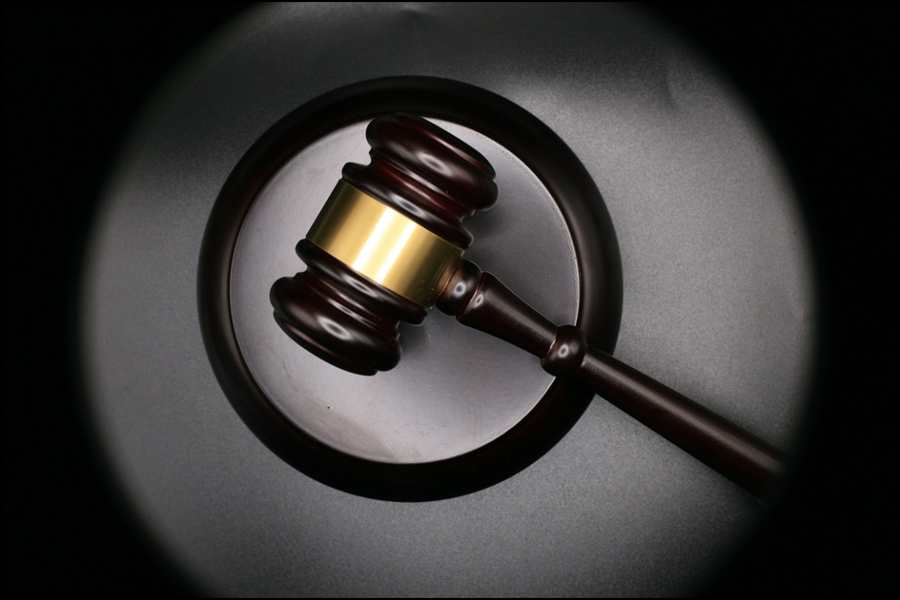Losing a loved one is a deeply emotional and life-altering experience, but when that loss is due to another party’s negligence or misconduct, the grief can be compounded by feelings of anger and injustice. Wrongful death lawsuits offer families a way to seek accountability and financial compensation for their loss. These civil cases are designed to address the economic and emotional damages suffered by surviving family members while holding responsible parties accountable for their actions. Understanding how wrongful death lawsuits work can help families navigate this challenging process with clarity and purpose.
What Is a Wrongful Death Lawsuit?
A wrongful death lawsuit is a civil claim filed by the surviving family members or representatives of a deceased individual against a person or entity whose negligent or intentional actions caused the death. Unlike criminal cases, which are prosecuted by the state to impose penalties like fines or imprisonment, wrongful death lawsuits focus on compensating the family for their financial and emotional losses.
Common causes of wrongful death lawsuits include medical malpractice, car accidents, defective products, workplace incidents, and violent crimes. The key objective of these cases is to demonstrate that the defendant’s actions directly caused the death and that this loss resulted in quantifiable damages to the surviving family.
Determining Who Can File a Lawsuit
The right to file a wrongful death lawsuit varies by state, but it is typically granted to the closest surviving relatives of the deceased. This often includes spouses, children, and sometimes parents. In certain cases, extended family members or the executor of the deceased’s estate may also have the right to file a claim, depending on state laws.
Establishing who can bring the claim is crucial, as disputes over eligibility can delay the legal process. A Wrongful Death Attorney can provide valuable guidance in navigating these complexities, ensuring that the appropriate parties are represented and that the lawsuit is filed in accordance with state regulations. Understanding these nuances is critical to ensuring a smooth legal process and protecting the family’s interests.
Establishing Liability and Proving Negligence
To succeed in a wrongful death lawsuit, the plaintiff must establish that the defendant was responsible for the deceased’s death. This typically involves demonstrating that the defendant had a duty of care toward the deceased, that they breached this duty through negligence or misconduct, and that the breach directly caused the death. The plaintiff must prove that the death resulted in damages for the surviving family members.
In a medical malpractice case, the plaintiff must show that a healthcare professional failed to provide the standard of care expected in their field, resulting in fatal consequences. In a car accident, the plaintiff may need to prove that a driver’s reckless behavior, such as speeding or driving under the influence, caused the collision that led to the fatality.
Establishing these elements often requires extensive evidence, including expert testimony, accident reports, medical records, and witness statements. An experienced attorney plays a pivotal role in gathering and presenting this evidence effectively to build a compelling case.
Understanding Compensation in Wrongful Death Cases
The primary goal of a wrongful death lawsuit is to secure compensation for the surviving family members to address the financial and emotional impact of their loss. Compensation in these cases generally falls into two categories: economic and non-economic damages.
Economic damages cover tangible losses such as medical expenses incurred before the deceased’s death, funeral and burial costs, lost income, and the financial contributions the deceased would have provided in the future. Non-economic damages address the emotional toll of the loss, including pain and suffering, loss of companionship, and the mental anguish experienced by the family.
In some cases, the court may also award punitive damages. These are designed to punish the defendant for particularly egregious conduct and to deter similar behavior in the future. However, punitive damages are not awarded in every case and typically require a higher standard of proof to establish gross negligence or intentional harm.
Navigating the Legal Process
The legal process for filing a wrongful death lawsuit begins with a consultation with an attorney. During this meeting, the attorney evaluates the circumstances of the case, assesses its merits, and explains the legal options available to the family. If the decision is made to move forward, the attorney will file a formal complaint on behalf of the plaintiff.
Once the lawsuit is filed, the discovery phase begins. This is a crucial step in which both parties gather evidence, interview witnesses, and consult experts to build their respective cases. During this time, the defendant may also attempt to negotiate a settlement. Many wrongful death lawsuits are resolved through settlements, as this approach allows families to receive compensation without enduring the stress and uncertainty of a trial.
Wrongful death lawsuits offer families a path to justice and financial recovery following the loss of a loved one due to negligence or misconduct. Understanding the steps involved, from proving liability to seeking compensation, empowers families to take action and hold responsible parties accountable. By working with a skilled attorney, families can navigate the legal process with confidence and secure the resources needed to rebuild their lives after such a profound loss.


